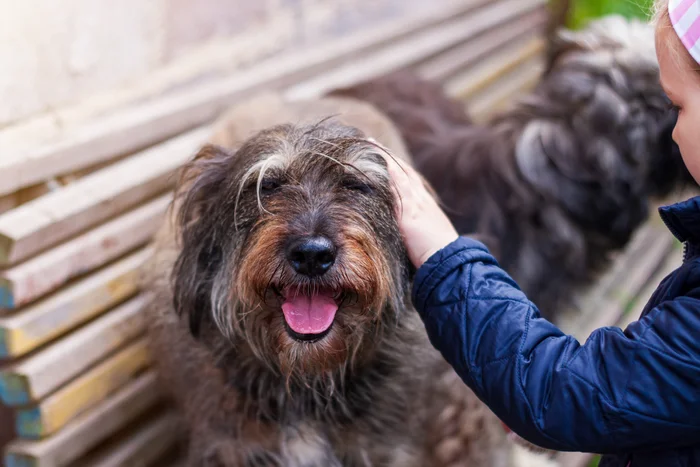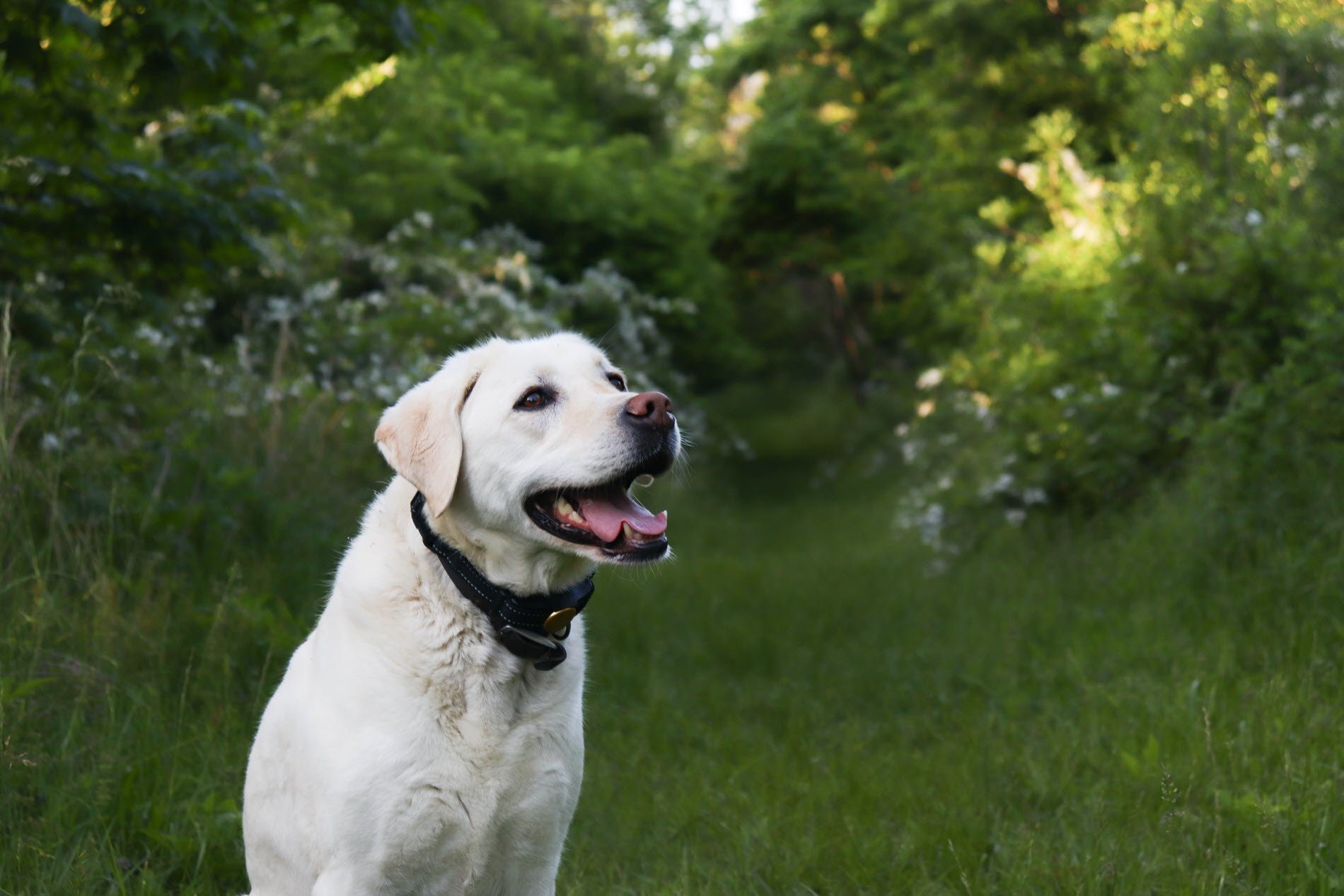popular searches

The Ultimate Guide to Dog Coats: Textures, Lengths, and Care Tips
written by Tori Holmes
Dog coats come in all shapes, sizes, and textures, just like our furry companions themselves. Understanding your dog's coat type is crucial for maintaining their overall health and well-being. From fluffy double coats to sleek short hair, each coat type requires specific care to keep it healthy and shiny. Let’s explore the variations in our dog’s coats and review some essential care tips to help your canine companion look and feel their best.
How many different types of dog coats are there?
There is no definitive number of types of coats for dogs, as the variety of coat textures, lengths, and patterns is vast and diverse. However, common categories include:
● Double coat: Breeds like Huskies, German Shepherds, and Golden Retrievers typically have a double coat consisting of a soft undercoat and a coarser topcoat. These coats provide insulation and protection from the elements but require regular grooming to prevent matting and shedding.
● Short hair: Dogs with short coats, such as Beagles, Boxers, and Dalmatians, have low-maintenance fur that is easy to groom. However, they still require regular brushing to remove loose hair and distribute natural oils.
● Long hair: Breeds like Afghan Hounds, Maltese, and Shih Tzus boast luxurious, flowing coats that require frequent grooming to prevent tangling and matting. Regular brushing and occasional trims are essential to keep their fur looking its best.
● Curly coat: Poodles, Bichon Frises, and Portuguese Water Dogs are examples of breeds with curly or wiry coats. These dogs need regular grooming to prevent matting and to maintain their signature curls.
● Smooth coat: Breeds like Greyhounds, Doberman Pinschers, and Chihuahuas have short, smooth coats that are easy to care for with regular brushing to minimize shedding and maintain a healthy shine.
Regardless of the type of coat your dog has, shedding is a natural process to get rid of old or damaged hair and make way for new growth. Some breeds, however, shed more than others. Let’s take a closer look at how you can help your pup maintain a healthy coat and minimize shedding.
Tips for maintaining a healthy coat
Regular brushing and baths are certainly important, but they aren’t the only things you can do to help your pup maintain a healthy coat.
● Regular brushing: Regular brushing is essential to minimize shedding and keep their coat healthy – as well as keep your home hair-free! It’s recommended to brush your dog's coat at least once a week to remove loose hair, dirt, and debris. Always use a brush or comb suitable for your dog's coat type to prevent matting and tangles.
● Bathing: Bathe your dog as needed using a gentle dog shampoo to keep their coat clean and healthy. Be mindful to avoid over-bathing, as it can strip their skin of natural oils and lead to dryness.
● Regular vet check-ups: Maintain a schedule of regular check-ups with your veterinarian to monitor your dog's overall health, including their coat condition. Your vet can use these appointments to address any underlying health issues that may affect their coat, such as allergies or hormonal imbalances.
● Proper nutrition: A balanced diet rich in essential nutrients is key to maintaining a healthy coat – 71% of Freshpet pet parents noticed both a shinier coat and healthier skin!
If you think that your dog’s coat could benefit from a nutritional boost, consider making the switch to Freshpet. We have a wide range of recipes made with ingredients that will support your pup’s coat health, including:
● Freshpet® Select Sensitive Stomach and Skin: This roll contains high levels of Vitamin A and omega fatty acids to help maintain healthy skin and shiny coat.
● Vital® Ocean Whitefish & Salmon Recipe: This roll is made with 100% natural salmon and ocean white fish, both of which are rich in omega-3 fatty acids – a key ingredient to a healthy coat!
By understanding your dog's coat type and shedding patterns, as well as following these essential care tips, you can help your canine companion look and feel their best!
recommended articles

Dog Nutrition & Feeding
Does Your Dog's Diet Need A Spring Cleaning?
The spring is a great time to freshen up your pet’s diet! If you’re considering making the switch to a clean dog food diet this spring, read on.

dog nutrition & feeding
Freshpet for Special Diets: Catering to Pets with Food Allergies and Sensitivities
For pets with allergies or sensitivities, Freshpet offers a range of special diets. Explore our options and get tips for choosing the right one for your pet.


